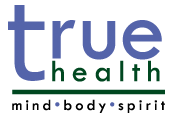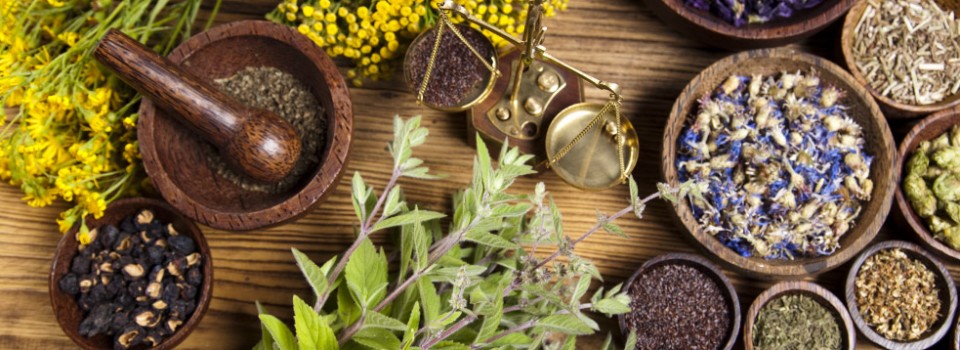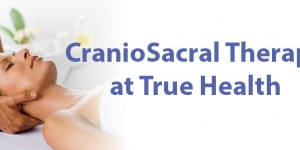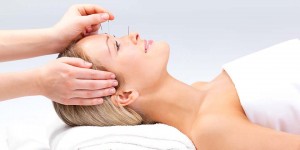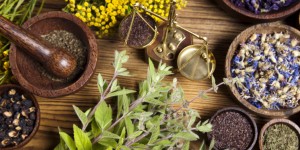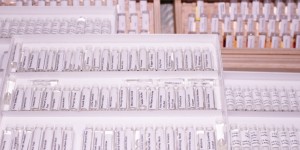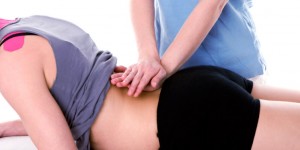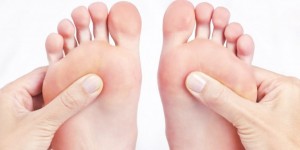Homoeopathy comes from the Greek meaning ‘similar suffering’.
Homoeopathic Medicine was discovered by Samuel Hahnemann in Germany about 200 years ago and was based on ancient medical knowledge dating back to Hippocrates, 2500 years ago. Hahnemann was translating a Materia Medica of the time and was interested in the ability of Peruvian Bark to cure Malaria. He took a little Peruvian Bark and found himself suffering from the symptoms of Malaria although he had not contracted it. He did further experiments with a number of colleagues to test his deduction that what will cause a set of symptoms in a well person, will cure those symptoms in a sick person who has the same symptoms. These experiments were known as ‘Provings’.
In order to use the substances that were utilized in the medicine of that time such as mercury, the idea of dilution came about and was found to actually increase their effectiveness. This means that Homoeopathy is a wonderfully gentle medicine for the ecological balance of the world because one plant could theoretically treat millions and millions of people or animals. The remedies that were ‘Proven’ at that time are still in use today along with thousands of new one which are suited to the times we live in and homoeopaths today continue to research new substances to use as homoeopathic remedies.
Homoeopathy is a healing therapy that falls between being a science and an art. It requires the therapist to exercise clear, analytical thinking (usually aided by a computer program nowadays) associated with intuition, observation, and listening skills in order to be effective. That Homoeopathy is an effective therapy for the restoration of health and well being on all levels, physical, emotional, mental and spiritual.
Homoeopathy is a form of medicine which consists of the administration of substances which are sourced from nature and then are highly diluted into what are known as ‘potencies’. The substance and potency are chosen by the Homoeopath to match the patients overall symptom picture which is individual to that person, therefore it is the person who is treated rather than the ‘dis-ease’.
A visit to a Homoeopath.
An appointment will normally take about an hour and a half for the first visit, as a full case history will be taken along with details of your complaints and also some background information on what makes you ’tick’ as a person and what your reactions to external stimulus are such as weather, food etc. A remedy will be selected after some study and will normally be posted out to you with instructions. A follow-up visit will be arranged for a few weeks time so that your healing reaction can be monitored. Sometimes, people will feel a little unwell after taking the remedy for a few days as the body clears out and this is normal and called a healing crisis.
When you feel restored to health, you will no longer come for visits unless you wish to have a yearly constitutional remedy. If you are already a patient and your details are on file, you can ring up for remedies should you fall ill with an acute complaint or accident. Homoeopathy is very beneficial with small children as the tablets taste pleasant, it also is good during pregnancy when allopathic medicines cannot be taken and can also be used alongside your current, regular medications such as inhalers, etc as it is not in a material form.
